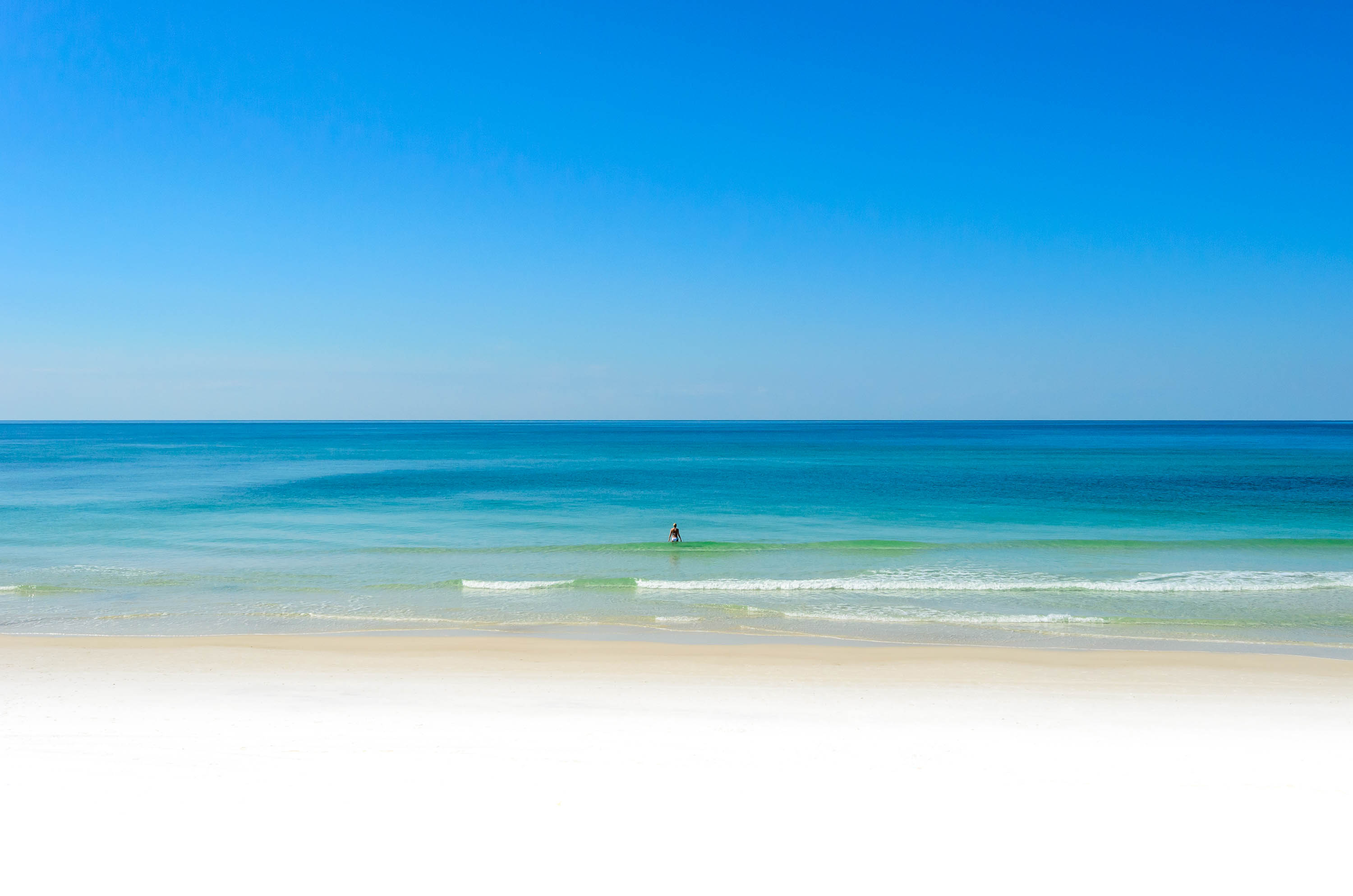Impacts of Seawalls
Impacts of Seawalls
copied from Surfrider site
1) Passive erosion -"Wherever a hard structure is built along a shoreline undergoing long-term net erosion, the shoreline will eventually migrate landward beyond the structure. The effect of this migration will be the gradual loss of beach in front of the seawall or revetment as the water deepens and the shoreface moves landward.... While private structures may be temporarily saved, the public beach is lost. This process of passive erosion appears to be a generally agreed upon result of fixing the position of the shoreline on an otherwise eroding stretch of coast, and is independent of the type of seawall constructed." It is evident that passive erosion will eventually destroy the recreational beach area unless this area is continually replenished. Excessive passive erosion may impact the beach profile such that shallow areas required to create breaking waves for surfing are lost (Seaside Reef).
2) Placement loss - Seawalls are placed on the beach. In many cases, construction of seawalls is on public property (beach). In Solana Beach for example most land for seawalls is leased free of charge to the property owners. This is a taking of extremely valuable public property.
3) Active Erosion - Refers to the interrelationship between wall and beach whereby due to wave reflection, storm surf zone narrowing and a thousand other processes the wall may actually increase the rate of loss of beach. This is site specific and dependent on sand input. There are varying opinions on if this effect actually exists. However, as watchdogs of the coast, until there is overwhelming evidence that this effect is not significant, many of us have opposed seawalls on this basis.
4) Public access impacts - these can be a result of passive erosion, placement loss or active erosion. Seawalls built on eroding beaches, will lead to the loss of access. Solana Beach and North County beaches are eroding.
5) Visual/aesthetic impacts - Seawalls are ugly and detract from simple pleasures as a walk on the beach.
6) Economic issues - local, state or federal subsidies or construction to protect private property, or insurance coverage. Construction is performed on State or Municipal land. The public has never been compensated for this loss of valuable property.
7) Loss of sand supplied by eroding bluffs that are armored. A minimal fee for this sand is collected from property owners for the sand that would provide beach material. Additionally, the eroded area would create a beach. We do not feel the public is sufficiently mitigated for the loss of sand and beach.
8) The most important thing to remember is that a seawall is never built to protect the beach. Rather, it is built to protect property, structures or a cliff from erosion.
Impacts of Seawalls
copied from Surfrider site
1) Passive erosion -"Wherever a hard structure is built along a shoreline undergoing long-term net erosion, the shoreline will eventually migrate landward beyond the structure. The effect of this migration will be the gradual loss of beach in front of the seawall or revetment as the water deepens and the shoreface moves landward.... While private structures may be temporarily saved, the public beach is lost. This process of passive erosion appears to be a generally agreed upon result of fixing the position of the shoreline on an otherwise eroding stretch of coast, and is independent of the type of seawall constructed." It is evident that passive erosion will eventually destroy the recreational beach area unless this area is continually replenished. Excessive passive erosion may impact the beach profile such that shallow areas required to create breaking waves for surfing are lost (Seaside Reef).
2) Placement loss - Seawalls are placed on the beach. In many cases, construction of seawalls is on public property (beach). In Solana Beach for example most land for seawalls is leased free of charge to the property owners. This is a taking of extremely valuable public property.
3) Active Erosion - Refers to the interrelationship between wall and beach whereby due to wave reflection, storm surf zone narrowing and a thousand other processes the wall may actually increase the rate of loss of beach. This is site specific and dependent on sand input. There are varying opinions on if this effect actually exists. However, as watchdogs of the coast, until there is overwhelming evidence that this effect is not significant, many of us have opposed seawalls on this basis.
4) Public access impacts - these can be a result of passive erosion, placement loss or active erosion. Seawalls built on eroding beaches, will lead to the loss of access. Solana Beach and North County beaches are eroding.
5) Visual/aesthetic impacts - Seawalls are ugly and detract from simple pleasures as a walk on the beach.
6) Economic issues - local, state or federal subsidies or construction to protect private property, or insurance coverage. Construction is performed on State or Municipal land. The public has never been compensated for this loss of valuable property.
7) Loss of sand supplied by eroding bluffs that are armored. A minimal fee for this sand is collected from property owners for the sand that would provide beach material. Additionally, the eroded area would create a beach. We do not feel the public is sufficiently mitigated for the loss of sand and beach.
8) The most important thing to remember is that a seawall is never built to protect the beach. Rather, it is built to protect property, structures or a cliff from erosion.


